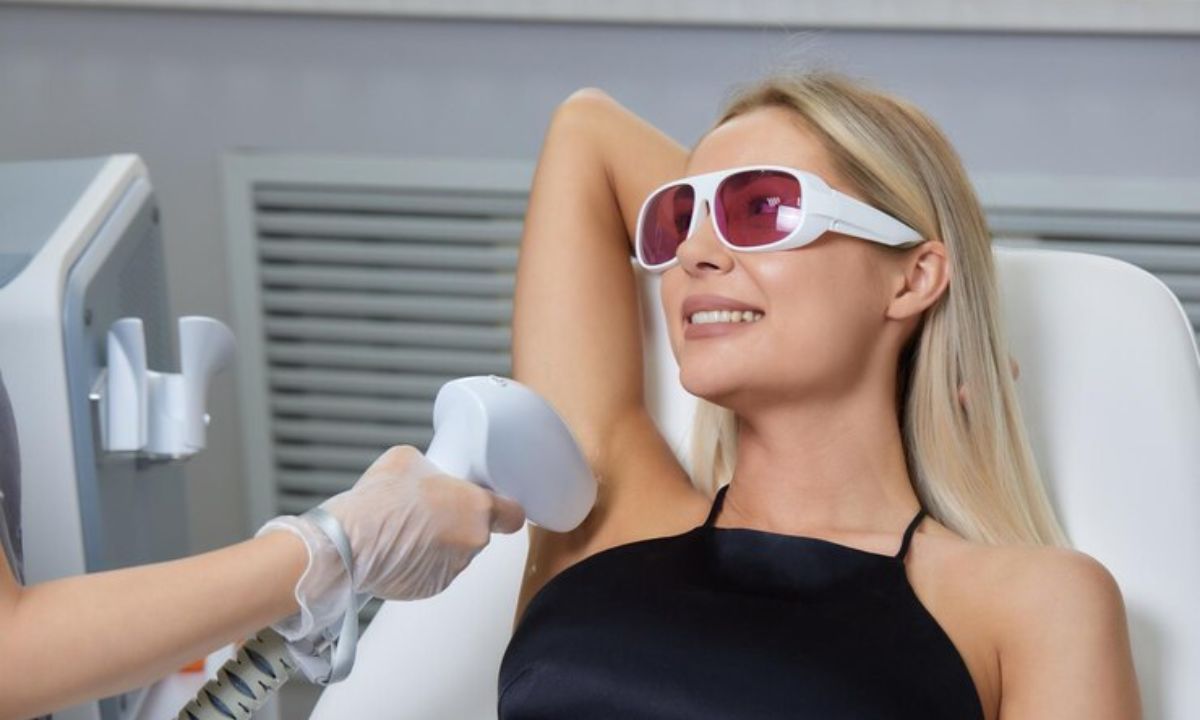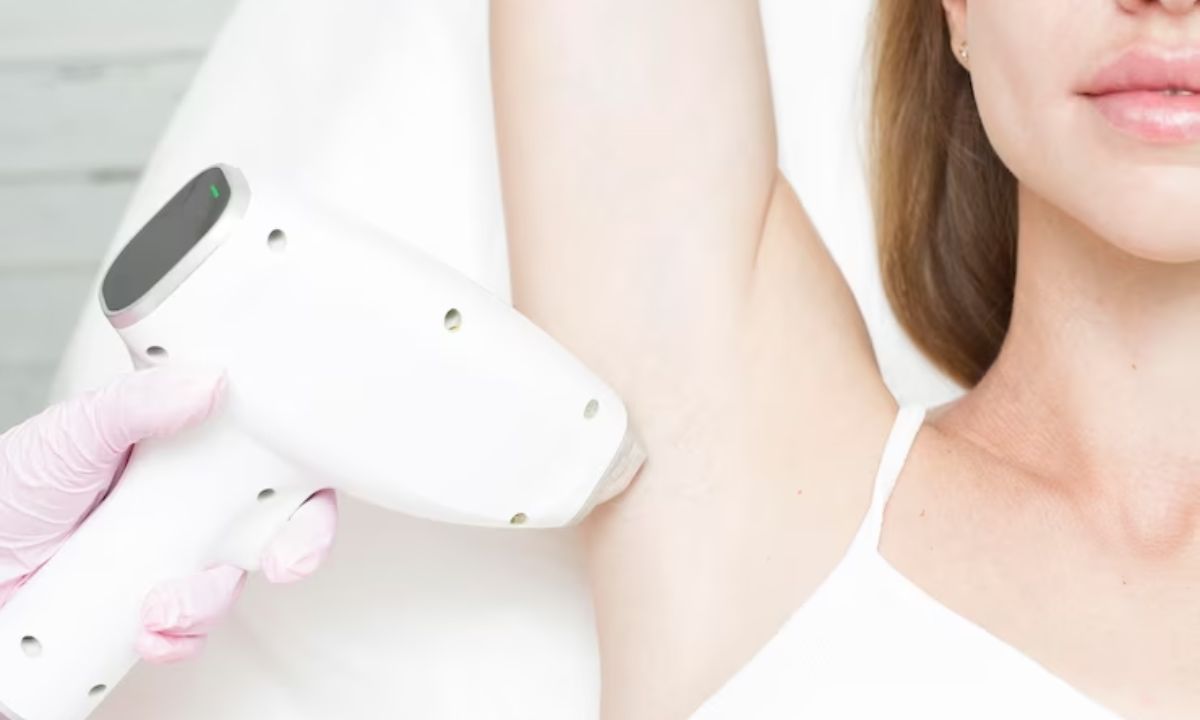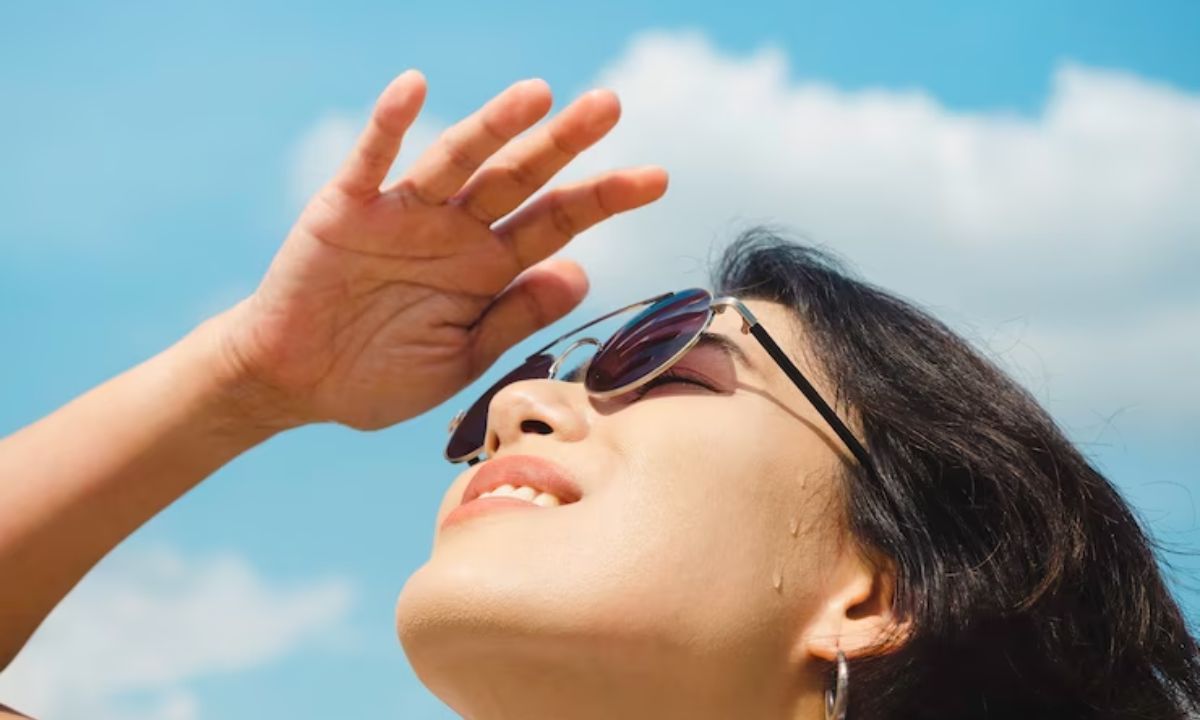As the golden rays of the sun dance upon your skin, you may wonder if it is safe to bask in its warmth after undergoing laser hair removal. In this article, we will shed light on the question that lingers in your mind: Can you be in the sun after glow hair removal? By delving into the effects of sun exposure on treated areas and providing expert advice, we aim to help you navigate this post-treatment phase with confidence and care.
Key Takeaways
- Avoid sun exposure for at least four weeks before and two weeks after glow hair removal to prevent complications like hyperpigmentation and scarring.
- Use high-SPF sunscreen and wear protective clothing to protect the treated area from sun damage.
- Stay in shaded areas or use sun umbrellas when traveling to hotter climates after glow hair removal.
- Consult with a professional for personalized advice on sun exposure and to ensure optimal healing and results.
Sunbathing Before & After Laser Hair Removal
Sunbathing should be avoided both before and after laser hair removal to ensure optimal results and minimize the risk of complications. Exposing the skin to the sun’s rays can have adverse effects on the treated area, leading to possible skin damage and ineffective hair removal results.
Before the laser hair removal procedure, sun exposure should be avoided for at least four weeks. This is because the sun can increase the skin’s melanin production, making it more difficult for the glow to target the hair follicles effectively. Sunburned or tanned skin can lead to increased discomfort during the treatment.
After the glow hair removal session, it is crucial to stay out of the sun for at least two weeks. The treated area is likely to be more sensitive and prone to sunburn. Sun exposure can cause hyperpigmentation, scarring, or other complications, hindering the desired outcomes of the treatment.
To protect the skin, it is recommended to wear SPF 30 or higher sunscreen and cover the treated area with clothing or a hat when going outdoors. Adhering to these guidelines will ensure successful glow hair removal results and minimize any potential risks.
Sun Tan and Laser Hair Removal
Both sun tanning and laser hair removal should be approached with caution to ensure optimal results and minimize the risk of complications. While it is generally recommended to avoid sun exposure before and immediately after glow hair removal treatment, there is some concern about how sun tanning can affect the outcome of the procedure. Sun exposure can increase the risk of post-treatment complications such as hyperpigmentation or skin discoloration.
It is important to protect the treated area from the sun by applying sunscreen with a high SPF and wearing protective clothing. Additionally, it is advisable to wait at least two weeks after glow hair removal before exposing the treated area to direct sunlight. Consulting with a qualified professional is crucial to determine the appropriate timing and precautions for sun tanning after laser hair removal.
What if I’m Travelling to a Hotter Climate
When traveling to a hotter climate after laser hair removal, it is important to take extra precautions to protect the treated area from excessive sun exposure. The intense heat and strong UV rays can have a detrimental effect on the skin, especially on areas that have recently undergone glow treatment. To ensure proper healing and minimize the risk of complications, follow these guidelines:
| Precautions | Recommendations |
|---|---|
| Avoid sun exposure | Stay in shaded areas or use sun umbrellas |
| Wear protective clothing | Cover the treated area with loose, breathable clothing |
| Apply sunscreen | Use a broad-spectrum sunscreen with SPF 30 or higher, and reapply every two hours |
Key Takeaways
Several important key takeaways can be derived from the precautions and recommendations discussed above for being in the sun after laser hair removal. Firstly, it is crucial to remember that the treated area is highly sensitive and prone to sun damage for a few weeks after the procedure. Therefore, it is advisable to avoid sun exposure during this time to prevent complications such as hyperpigmentation or blistering.
If going out in the sun is unavoidable, it is essential to take necessary precautions like wearing protective clothing, using sunscreen with a high SPF, and seeking shade whenever possible. Lastly, it is recommended to consult with your dermatologist or laser technician for personalized advice on sun exposure after laser hair removal. Now, let’s explore in more detail how to effectively avoid the sun to ensure optimal healing and results.
AVOID THE SUN
To ensure the best results and minimize potential complications, it is imperative to completely avoid sun exposure for at least two weeks following laser hair removal treatment. Sun exposure can cause hyperpigmentation and skin damage, which can interfere with the healing process and affect the overall outcome of the treatment. During this period, it is recommended to take necessary precautions such as wearing protective clothing, using a broad-spectrum sunscreen with a high SPF, and seeking shade whenever possible.
It is essential to avoid tanning beds and any other artificial sources of UV radiation. By adhering to these guidelines, you can help maintain the integrity of your skin and enhance the effectiveness of the laser hair removal treatment. Now, let’s move on to the next crucial aspect: the importance of not lasering regularly exposed areas.
DON’T LASER REGULARLY EXPOSED AREAS
How can laser hair removal on regularly exposed areas potentially affect the outcome of the treatment? When it comes to laser hair removal, it is important to consider the impact of treating regularly exposed areas. These areas, such as the face, arms, or legs, are more prone to sun exposure and external factors that can affect the efficacy and results of the treatment. Laser hair removal works by targeting the pigments in the hair follicles, and excessive sun exposure can increase the risk of complications, including hyperpigmentation or skin discoloration. To illustrate the importance of avoiding sun exposure during laser hair removal, consider the following table:
| Regularly Exposed Areas |
|---|
| Face |
| Arms |
| Legs |
| Hands |
| Feet |
UNDERARM OR BIKINI AREAS ARE BEST
Both the underarm and bikini areas are considered the most suitable for laser hair removal. These areas are commonly treated due to the effectiveness of the procedure and the convenience it offers. Here are some reasons why underarm and bikini areas are the best for laser hair removal:
- Underarm Area:
- It is a small and easily accessible area, making the treatment quick and efficient.
- The underarm area is less exposed to the sun, reducing the risk of sun damage after the procedure.
- Bikini Area:
- Laser hair removal in the bikini area provides long-lasting results, eliminating the need for frequent maintenance.
- It offers enhanced comfort and convenience, especially during summer months or when wearing swimsuits.
WEAR SUNSCREEN AND TAKE CARE OF YOUR SKIN
One important step to take after laser hair removal is to wear sunscreen and take proper care of your skin. Laser hair removal can leave your skin more susceptible to sun damage, so it is crucial to protect it from harmful UV rays. Sunscreen with a high SPF should be applied generously to the treated areas whenever you are exposed to the sun. This will help prevent any pigmentation issues or hyperpigmentation that may occur due to sun exposure.
It is important to keep your skin moisturized and hydrated after laser hair removal. Using gentle and non-irritating skincare products can help soothe and nourish the treated areas, promoting healing and reducing any discomfort. Taking these steps will ensure that your skin remains healthy and protected after laser hair removal.
FAQ’s
Can I Go Swimming in a Pool or Ocean After Laser Hair Removal?
After laser hair removal, it is generally recommended to avoid swimming in pools or oceans for a few days. This is to allow the skin to heal properly and reduce the risk of infection.
Is It Safe to Use Tanning Beds After Laser Hair Removal?
It is important to avoid tanning beds after laser hair removal to minimize the risk of complications. Exposure to UV rays can cause skin sensitivity and potential damage, hindering the desired results of the procedure.
Can I Apply Self-Tanning Products on the Treated Areas After Laser Hair Removal?
It is generally recommended to avoid applying self-tanning products on areas that have recently undergone laser hair removal. This is to allow the skin to heal properly and minimize the risk of potential irritation or adverse reactions.
How Long Should I Wait Before Going on a Beach Vacation After Laser Hair Removal?
It is crucial to consider the necessary precautions before embarking on a beach vacation after laser hair removal. Adequate time should be given for the treated areas to heal and proper sun protection measures should be taken to avoid any potential risks or complications.
Are There Any Specific Precautions I Should Take if I Have a Destination Wedding in a Sunny Location Shortly After Laser Hair Removal?
If you have a destination wedding in a sunny location shortly after laser hair removal, it is important to take specific precautions. These may include avoiding direct sun exposure, using broad-spectrum sunscreen, wearing protective clothing, and seeking shade when possible.
Conclusion
In conclusion, it is important to exercise caution when exposing your skin to the sun after laser hair removal. Sunbathing should be avoided, especially before and immediately after the treatment to prevent potential complications. It is advisable to wear sunscreen and protect regularly exposed areas from direct sunlight. Underarm and bikini areas tend to respond best to laser hair removal. By following these precautions, you can maintain the effectiveness of the treatment and promote healthy skin. Stay informed and take care of your skin.











